Types of Motorcycle Helmets – 6 Key Types and Their Features
Many bike helmets have arrived in the market, but there are a few basic styles that most readers are aware of!
Full face, modular, off-road, open face, and dual sports are the common types of motorcycle helmets that we commonly spot these days.
No doubt, it is an essential safety gear that you have to put on no matter you are riding a bike or sitting in the passenger seat.
In addition, this mandatory to follow practice keeps you protected against head and neck injuries.
The likelihood of getting scratches and wounds on the face reduces if you put on a helmet. Thus, using helmets and endorsing lives safety go hand in hand.
Below you can see complete details on a range of bike helmets available in the market.

Types of Motorcycle Helmets
Motorcycle helmets come in six different types, as detailed below.
Full-Face Motorcycle Helmet
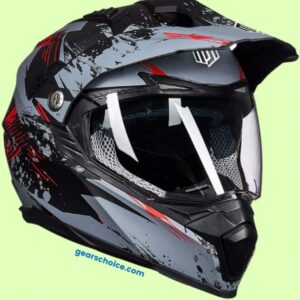
It is the most preferable and widely used helmet type nowadays. Most importantly, it gives maximum coverage to your face and keeps you protected from severe impacts and shocks.
Its design covers your head and neck, and you can ride safely until you reach your destination.
It is undoubtedly the safest type of bike helmet that guarantees and promises to keep you protected from potential impacts.
Sports riders have appreciated its use. It does not get lifted at high speeds and comes with a higher chin bar. Besides, it has a visor opening.
Features
Loads of distinguishing features are present in this exclusive helmet type.
- The presence of a chin bar makes it a versatile choice.
- Moreover, it keeps you guarded against severe shocks and intense impacts. Your chin and jaw will certainly remain wound-free if you have put on a full-face helmet.
- These kinds of helmets allow ventilation. The sweat gets evaporated on its own.
- It even brings down visor fogging and enhances the airflow while riding with a helmet on!
- The latest designs of full-face helmets include exclusive features like we have spotted the presence of Bluetooth technology.
- The arrival of high-visibility designs has made them the safest option among riders.
Modular Motorcycle Helmet / Flip-Up Helmet
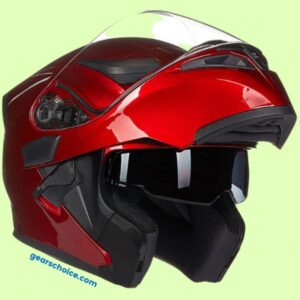
A modular or flip-up bike helmet is another primary type that you may have come across and often used.
Their design is the combination of ¾ and a full-face helmet. The only difference is that you can open their chin bars and visors by flipping up them.
Features
- Most importantly, this helmet design is accompanied by a visor. This feature makes sure to offer 100% eye protection.
- A few of the models come with a secondary internal visor for giving added eye protection from the sun’s rays.
- They are comparatively heavyweight than the rest of the traditional-looking full-face helmets. It is primarily because of their extra features that make the overall design heavier.
- It carries a hinge structure, and this respective feature reduces the rider’s safety slightly. But you can definitely put it on because it assures more protection than using ¾ or ½ helmets.
- It comes in an upright riding position. Cruisers and adventurous sports riders prefer using it.
- In addition, its eye openings are straightforward, and the chin bar is positioned on the lower side.
Open-Face Motorcycle Helmet
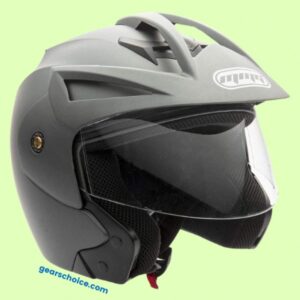
Here we are going to tell you about this ¾ helmet type! Their primary purpose is to guard your head’s top back. The only drawback is that your face remains exposed.
Using such a helmet has become a popular choice among café racers, scooters, and cruisers. The face area is kept exposed, and you can better feel the wind touching your face.
Features
- Their structure looks almost similar to full-face bike helmets. You will only spot this difference: they are comparatively lightweight than the full-face helmet.
- They do not have a chin bar and come with partial or full-face visors.
- Eye protection is assured at their end, and your face will also remain somewhat protected against the sunlight.
Half-Face Motorcycle helmet

How about using a half face motorcycle helmet? Its use is pretty much common among riders.
They cover the top section of your head, your forehead, and also your brows.
Though they endorse minimal protection, they are still preferred by the riders.
Your neck and ears get coverage, but most face area remains exposed.
Features
- These kinds of helmets guarantee excellent airflow.
- Their only downside is that they offer less protection than using full-face or ¾ helmets.
- Most of their models do not come with a face shield or visor.
- Minimal technological features are there, but they come in a range of catchy and appealing designs.
Off-Road Motorcycle Helmet

It is sometimes called a dirt bike or MX, or motocross helmet. It is highly suitable if you ride a bike on dirt roads or the messiest streets.
You should avoid using them while you are in the city and highway. Specially designed off-road riding helmets provide both performance and protection.
Features
- These helmets do not come with goggles, so make sure that you wear glasses. The usage of goggles will protect your eyes from getting intruded with dirt and debris.
- Their design is entirely different than full face and 3/4 helmets.
- They have a larger visor. In addition, they look more accentuated and equipped with a chin bar. You will experience better airflow while putting on these kinds of helmets.
- Overall, they ensure maximum protection, accompanied by minimum weight.
- Companies have encased this helmet type with Kevlar and carbon fiber so that more strength can be inducted and your head and neck do not feel any tiredness.
Dual Sport Motorcycle Helmet

Dual sport motorcycle helmets are also known as hybrid, ADV, or crossover and enduro helmets. They are a combination of off-road and a full-face helmet. Their catchy quality is that they ensure eye protection extensively.
Their visors are larger than your entire face. Remember that its visors are aerodynamic, which means that they will not get lifted in the wind, likewise done by an off-road helmet!
Features
- The chin bar does not look protrusive to get better soundproofing.
- Its exterior styling looks much impressive. The presence of a large visor and the induction of a lower chin bar make it a versatile bike helmet type.
- They are equipped with more interior padding and offer 100% comfort.
- You can have them during off-road riding time as well.
Conclusion
Thus, that is all we have about the types of motorcycle helmets! You can let us know which bike helmet type you often use and which one you find most comfortable to wear.
This respective safety gear ensures life safety, and showing carelessness towards wearing it means that you are putting your life in danger.
Riders without helmets become more vulnerable to traumatic brain injuries, head and neck fractures.
On the other hand, riders with helmets keep themselves safe and sound during hit and fall accidental situations.
No doubt, it is a crucial piece of bike safety gear that you should use.
It does not matter what legality it encompasses and what state laws about wearing helmets!
Being a responsible citizen, you should take care of your life and put on this safety gear every time, whether you are a rider or a passenger.
Stay connected with us on this web page so that more authentic updates on bike helmets can be shared with you.

Hi, I’m James Dean. My motorbike obsession started at age seven with a 50cc bike, and I’ve been riding ever since.
From motocross in my teens to cruising and snowmobiling today, I’ve got over 15 years of experience.
As a mechanical engineer and passionate rider, I founded gearschoice.com to share my insights and help you find the best motorcycle gear.

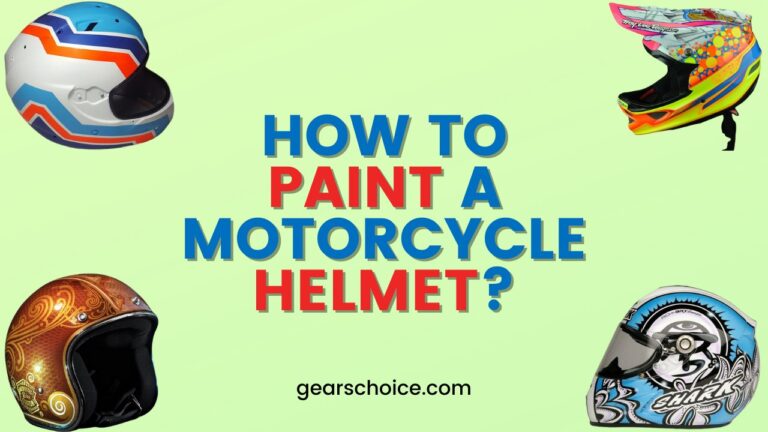
![How To Test Auto Darkening Welding Helmet [Complete Guide] 11 How To Test Auto Darkening Welding Helmet [Complete Guide]](https://gearschoice.com/wp-content/uploads/2022/09/How-To-Test-Auto-Darkening-Welding-Helmet-1-768x432.png)
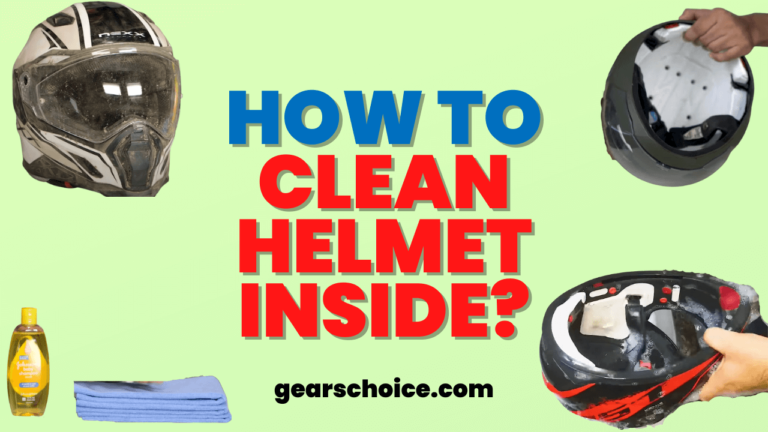

![How To Tell If Motorcycle Helmet Is Too Small [Everything Explained] 17 How To Tell If Motorcycle Helmet Is Too Small](https://gearschoice.com/wp-content/uploads/2022/09/How-To-Tell-If-Motorcycle-Helmet-Is-Too-Small-768x432.png)
